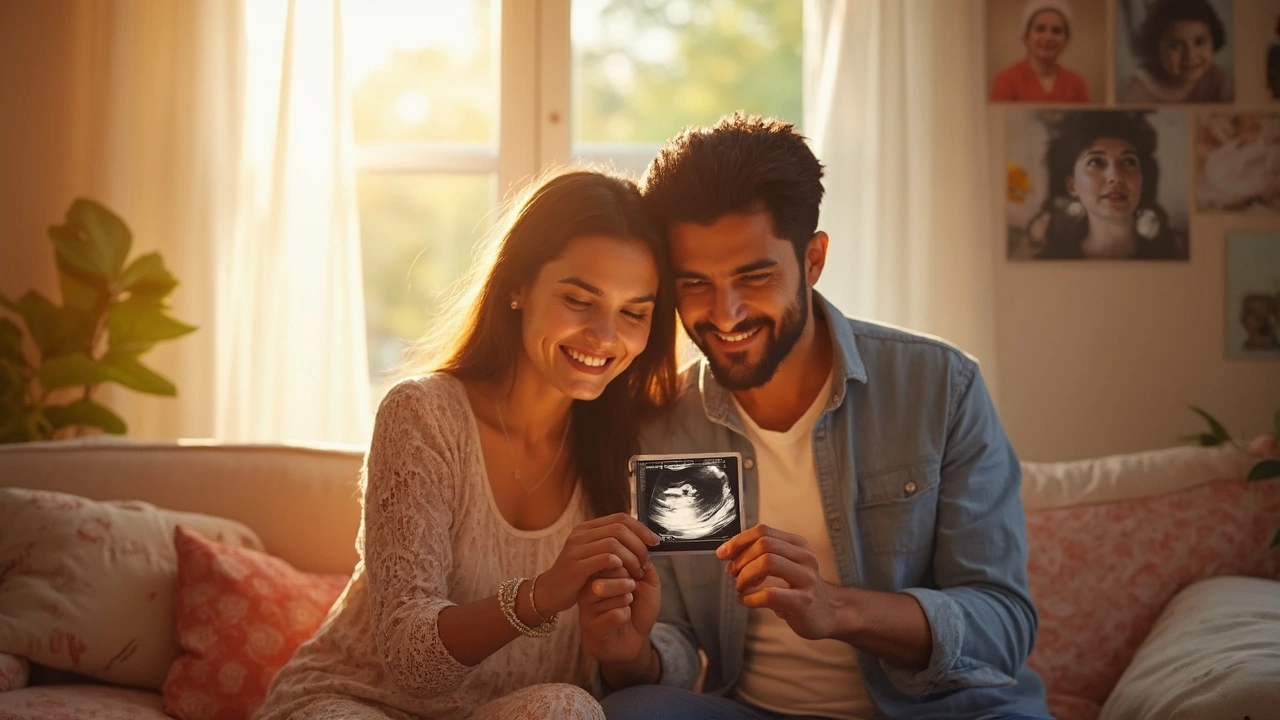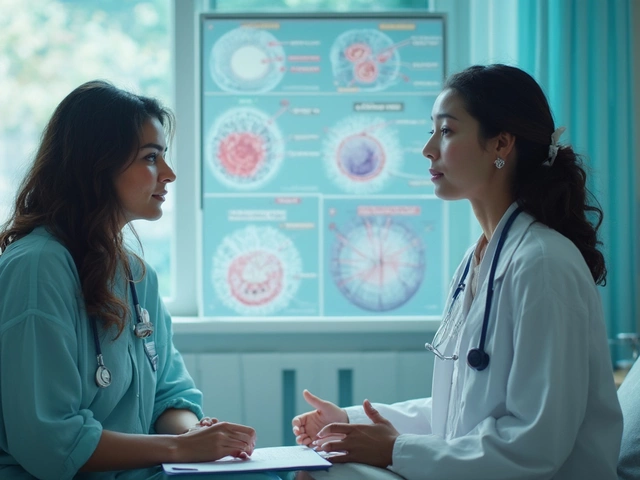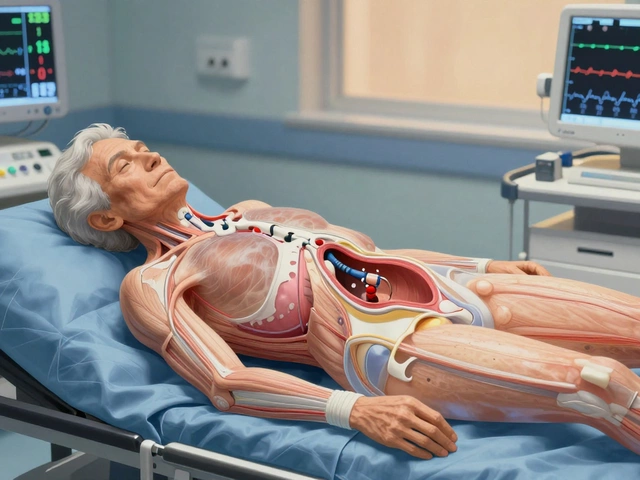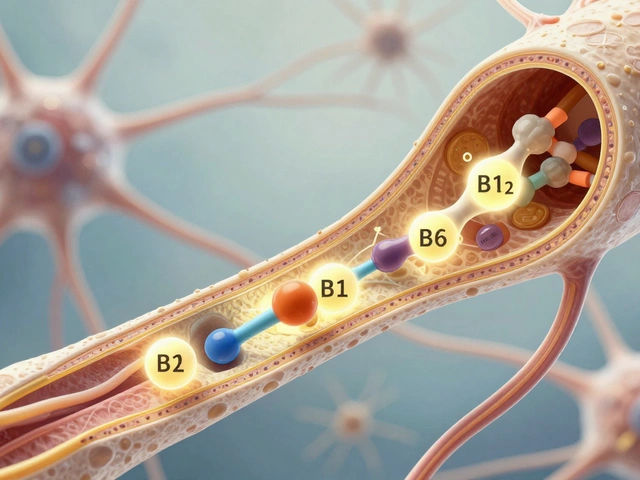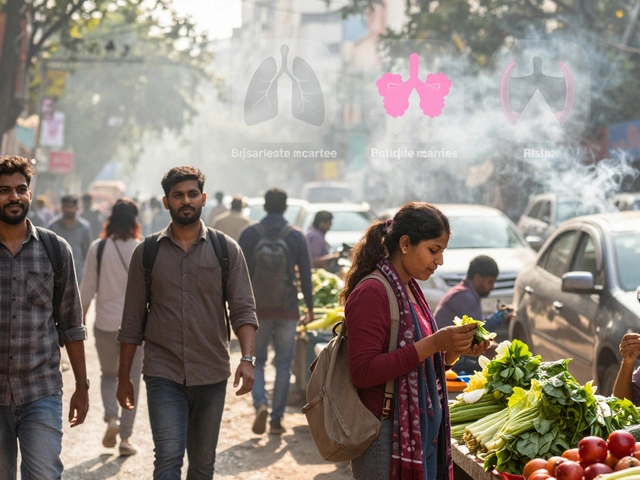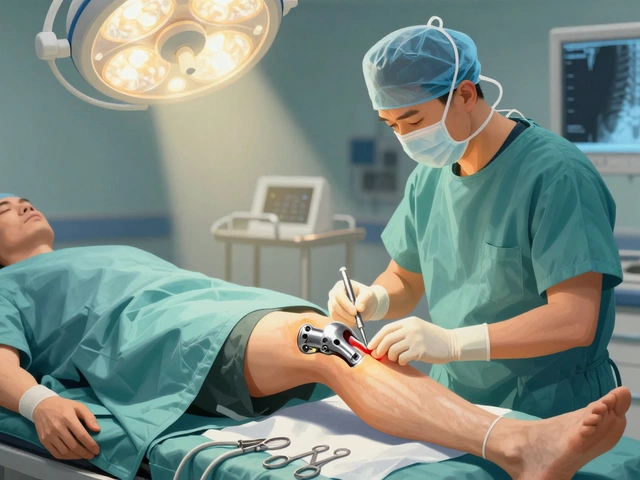If you’ve ever wondered if IVF babies look more like mom or dad, you’re not alone. There’s this weird myth floating around that IVF somehow messes with genetics and changes who the baby looks like. Here’s the truth: IVF doesn’t mix, swap, or alter anyone’s genes. Whether it’s a natural conception or IVF, the baby gets half their DNA from each parent – just as Mother Nature intended.
What really decides resemblance? It’s all about which combo of genes gets passed down. Sometimes babies are the spitting image of dad, sometimes they get mom’s eyes or smile. There’s no special formula in IVF that tilts the odds one way or the other. Doctors don’t choose the hair color or the nose shape. It’s all in the genetic shuffle between the egg and sperm that make the embryo.
- How Genetics Work in IVF
- Eggs, Sperm, and Physical Traits
- Does IVF Change Family Looks?
- Donor Scenarios: What Changes?
- Tips for Managing Expectations
How Genetics Work in IVF
Let’s clear up how IVF babies actually get their looks. Whether a baby is conceived naturally or through IVF, the same thing happens genetically: the egg gives half of the DNA, and the sperm gives the other half. DNA, or genetic material, is what carries all those family traits that decide everything from eye color to whether the baby will inherit dad’s nose or mom’s hairline.
During IVF, doctors collect eggs and sperm and combine them in a lab. There's no change to the actual DNA. The magic is in the mix—just like with natural conception, which genes are turned "on" makes all the difference. You might see a baby with dad’s dimples or mom’s curly hair, but that’s all about the luck of which genes got picked when the embryo formed.
Here’s a simple breakdown:
- Each parent gives 23 chromosomes, making 46 in total. That’s the full genetic set for a baby.
- Those chromosomes carry thousands of genes. The mix is totally random, so there’s no predicting exactly who the baby will resemble more.
- Even with IVF, dominant and recessive genes do their thing just like in any other pregnancy.
You might hear rumors that IVF can cause babies to look "different" somehow. That doesn’t line up with real science. The only time looks might shift is if a donor egg or donor sperm is used. If both parents use their own eggs and sperm, the baby shares their genetics 100%—so family resemblance works the same way it always has.
| Genetic Source | IVF | Natural Pregnancy |
|---|---|---|
| Egg | Biological Mom or Donor | Biological Mom |
| Sperm | Biological Dad or Donor | Biological Dad |
| Genetic Mixing | Random | Random |
So when you see an IVF baby, you’re looking at a regular kid with a parent’s smile or the same stubborn cowlick grandpa had. The process in the lab doesn’t tweak what makes a family look like a family—it just helps get nature started in a different way.
Eggs, Sperm, and Physical Traits
Here’s where things get real. When it comes to who a baby looks like, everything starts with the egg and sperm. Both carry 23 chromosomes each, packing all the genetic info that will make your future kid look a certain way.
Eye color, hair type, skin tone, even that quirky dimple — these are hidden in the genes from the parents. The mix isn’t 50/50 for each trait, though. Some genes are dominant, while others are recessive. This is why a brown-eyed dad and a blue-eyed mom might have a brown-eyed baby most of the time. Brown is just the pushier gene.
During IVF, doctors pick eggs and sperm based on health and quality, not looks or personality. They don’t choose which traits win out. Most clinics just check basic things like sperm movement or egg maturity before making a match. Nothing here tilts the scales toward mom or dad when it comes to physical traits.
Think about it like shuffling a deck of cards. Every round, you don’t know which hand you’ll get — same with genes. Here’s a quick peek at how dominant and recessive genes play into this:
| Trait | Dominant Gene Example | Recessive Gene Example |
|---|---|---|
| Eye Color | Brown | Blue |
| Hair Texture | Curly | Straight |
| Earlobe Type | Detached | Attached |
Another thing to keep in mind: no one can guarantee a baby will be a “mini-me” of mom or dad for any trait. With IVF babies, it’s the same genetic lottery as with any other child. All those family resemblances—big ears, wide grins, stubborn cowlicks—still come down to random combinations from mom’s egg and dad’s sperm. There’s no trick or lab magic that swaps this out.
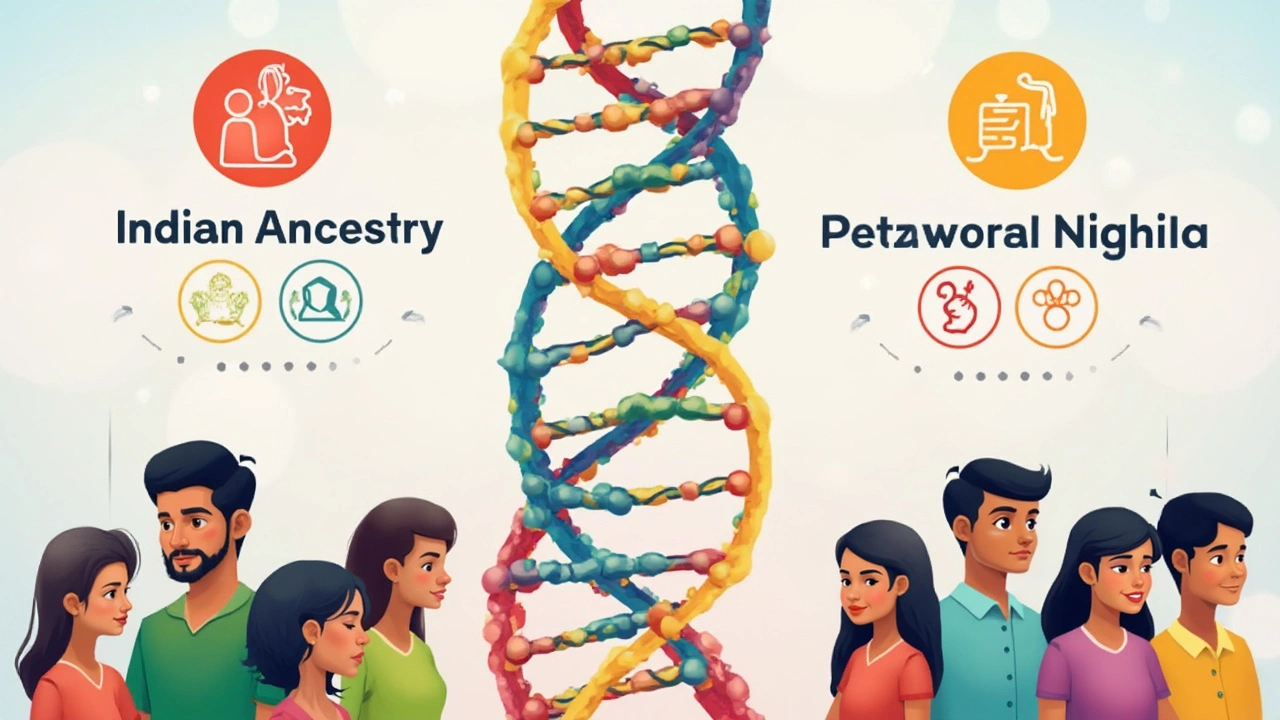
Does IVF Change Family Looks?
This question pops up a lot: Does IVF actually change the way a baby looks? The short and honest answer is—no, it doesn’t. IVF babies are made from the same basic recipe as any other babies: they get half their DNA from the egg and half from the sperm. Even though the science behind IVF seems fancy, the basic rules of genetics are exactly the same as with natural conception.
For people using their own eggs and sperm, there’s nothing in the IVF process that tweaks the baby’s future looks. The lab handles eggs and sperm outside the body, but there’s no gene editing or any kind of cosmetic ‘designing’. The things that decide family resemblance—like face shape, hair type, and eye color—are 100% in the DNA you provide.
- IVF doesn’t tamper with genes—no swapping, cutting, or splicing.
- Resemblance works the same way it does in nature: pure luck and genetics.
- Doctors pick the healthiest embryos, but these aren’t picked by eye color or dimples.
Here’s a simple fact: studies comparing IVF babies and naturally-conceived babies show no difference in family resemblance based on the method of conception. The only time looks might differ is if you use donor eggs or donor sperm (we’ll get into that later).
To give you a quick idea of how similar the process is, check out this quick breakdown:
| Step | Natural Conception | IVF |
|---|---|---|
| Egg + Sperm Meet | Inside body | In a lab dish |
| Whose DNA? | Mom & Dad | Mom & Dad (unless donor is used) |
| Genes Adjusted? | No | No |
| Family Resemblance? | Random mix | Random mix |
The bottom line: if you’re using your own genetics, you’ll see all the same quirks and family traits in your IVF baby that you would with natural conception. That means nobody’s picking baby’s nose or deciding whose smile shows up. It’s all in the genetic dice roll.
Donor Scenarios: What Changes?
When donors come into play in IVF treatment, things get a bit different with family resemblance. Basically, if you use a donated egg or sperm, the baby will get half their genes from the donor and half from the non-donor parent. That’s the main change.
So, if you use donor sperm, the baby won’t get any DNA from the intended father. Appearance, hair color, even the shape of their nose—all that comes from the donor and the mom. On the flip side, if you use a donor egg, the child’s physical traits are thanks to the donor and the intended dad.
- If both egg and sperm are from donors, the child won’t share any genetic traits with either intended parent.
- If only sperm or egg is donated, the child will resemble the genetic parent and possibly the donor.
- Physical resemblance depends on the traits of the donor; clinics often try to match donors to intended parents’ features if requested, but genes do their own thing sometimes.
Here’s a quick look at who the baby might resemble in different donor scenarios:
| Scenario | Resemblance To |
|---|---|
| Own eggs + own sperm | Mom and Dad |
| Donor eggs + partner’s sperm | Donor and Dad |
| Own eggs + donor sperm | Mom and Donor |
| Donor eggs + donor sperm | Donor(s) only |
One thing that doesn’t change is the bond between child and parent. Loads of parents say that personality, habits, and even a shared laugh often come from living together—not just DNA. But when it comes to physical features in IVF babies through donation, it really is the genes that call the shots.
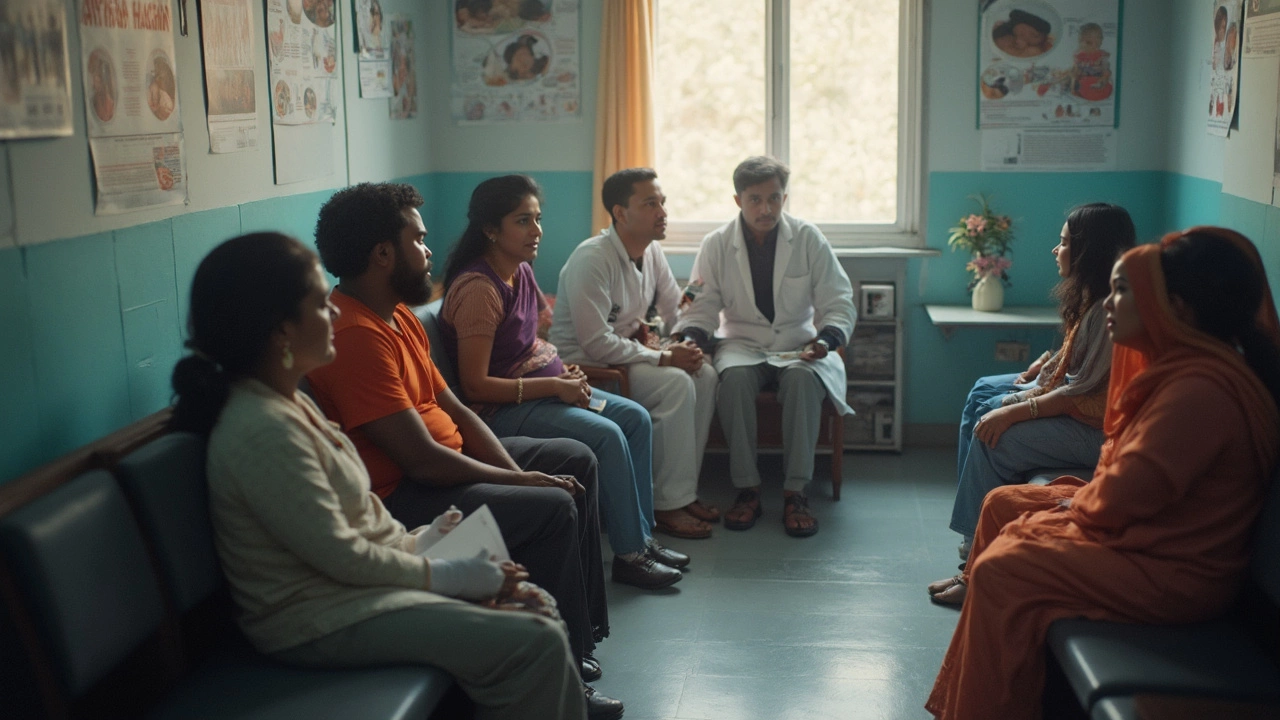
Tips for Managing Expectations
If you’re heading into IVF treatment with dreams about your baby’s looks, it’s easy to get caught up in the details. Here’s the reality: there’s no way to predict exactly whose nose or eye color your child will have. Even with modern science, your baby’s appearance is a genetic lottery. No doctor or test can fine-tune which parent your IVF baby will resemble most.
What helps? Focusing on what’s actually in your control during IVF can keep you sane and make the whole process feel less stressful. Try these practical tips:
- Talk with your fertility doctor about how egg and sperm selection works. Ask any questions you have – there’s no such thing as a silly question in the IVF process.
- If donor eggs or sperm are involved, look into how much info you can get about the donor’s background and appearance. Some clinics give you childhood photos or detailed physical traits. Knowing this upfront helps set realistic hopes.
- Remind yourself that genetics is a roll of the dice, even in regular pregnancies. Sometimes kids look nothing like either parent and still belong right in the family. IVF doesn’t change that.
- Join online communities or support groups for people in the middle of IVF treatment. Hearing honest stories from real parents is way more helpful than second-guessing your own journey.
If you’re a numbers person, check this out:
| IVF Babies in the World | Yearly IVF Births (Global) | Physical Resemblance Differences |
|---|---|---|
| Over 10 million | More than 2.5 million | No difference vs. natural conception |
Those stats show just how common IVF is now and that studies consistently find IVF babies look just as much like their parents as children conceived naturally.
